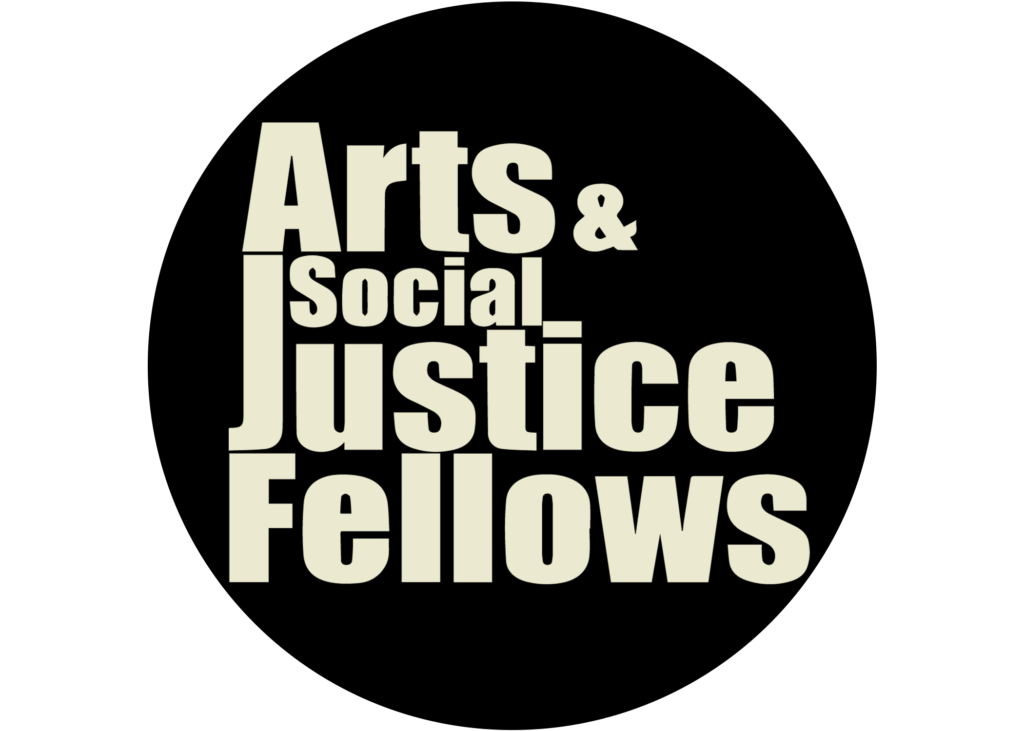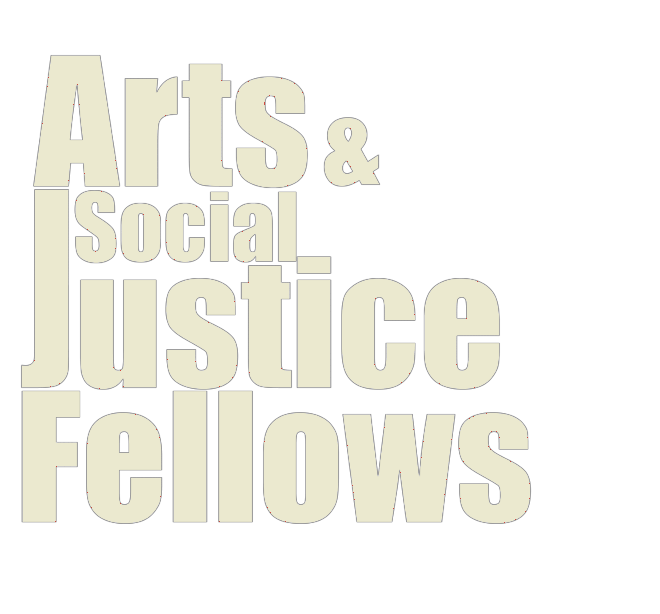Paul Bhasin, director of orchestral studies, music, with Sierra King, artist and archivist
I Will Remember You

I WILL REMEMBER YOU is a speculative narrative and archival installation in collaboration with Emory University Symphony Orchestra. This work is in response to African-American Composer George Walker’s piece “Lyrics for For Strings” to which he dedicated to his Grandmother, Malvina King. He learned that she had passed in as he was composing the piece.
This “re-imagined” class partnered the EUSO with King to explore how an archivist and an academic symphony orchestra can join forces to build community, arts access, and new audiences within the City of Atlanta. The work centered on the music of George Walker and combines archival, participatory, interpretive, photographic, and performative elements with documented activities taking place on campus and off.
Research



Artist and Archivist, Sierra King utilized the Stuart A. Rose Manuscript, Archives and Rare Book Library to research his papers, letters and correspondence and photographs to find more information about his upbringing, who his Grandmother was and his own recollection of the impact she made on his life. Using her findings she was able to fill in the gaps of and answer questions of “What does she look like?” and “How would she posture herself in the presence of another person?”
Rehearsal
Over the course of the semester, Dr. Paul Bhasin and Sierra King agreed that much of the interaction and facilitation of the project with the class would be non-verbal. This style of communication leaned into how musicians naturally cue each other while playing and that relationship was replicated in the work as well.
Sierra observed a number of the rehearsals to glean changes and artistic choices that were being made to the piece. This informed changes to the photography presentation as it related to timing, the number of photographs shown on the screen at a time and also when specific photographs were being seen during their performance.
Presentation



The Symphony Orchestra were presented with the photographs early in the project stages to predict if they would inform how they continued to approach playing the piece. Students completed an anonymous survey sharing their experience and thoughts of how the photographs effected their interpretation of George Walker’s “Lyrics for Strings”
Can you explain any changes that you made to the performance for the Walker piece after seeing the photographs?
Cello Player
“I thought the images made me more expressive in terms of producing a beautiful tone, and made me play more in sync with everyone else because I felt more connected with my peers after seeing the images.”
Violin Player
“The photographs contextualized the emotions of the piece that we’re supposed to project. Before, it was an abstract feeling of pensiveness and contemplation, but now we know what to contemplate.”
Cello Player
“Definitely. I think the piece came alive with the use of non-verbal cues.”



Community Engagement
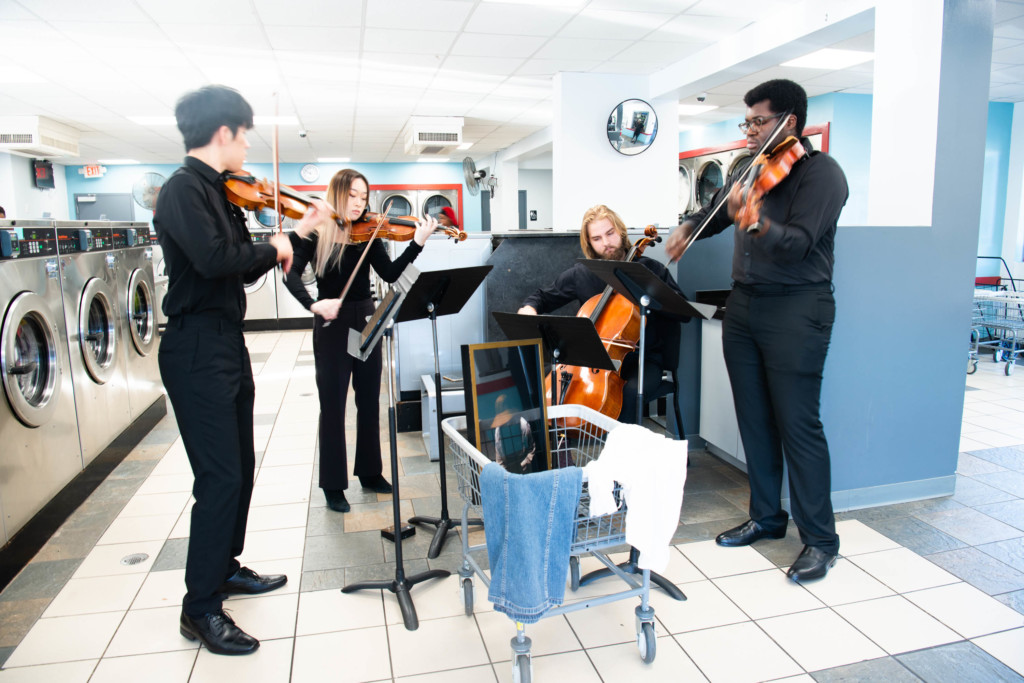
To expand the project into the community, Dr. Paul Bhasin and Sierra King wanted to place the musicians and the photographs in a gathering setting where it was not normal to hear or see orchestral music. They partnered with the Laundry Centers in Atlanta,GA where the Chamber Quartet performed “Lyrics For Strings” for patrons as they were washing clothes and entering into the establishment.
Artist Talk & Exhibition
Before the October 19 performance, Sierra King invited Printmaker Jamal Barber and Archivist Monet Lewis -Simmons to speak with her about the project, working in the archives and how artists can utilize archives like the Stuart A. Rose Library at Emory University to develop their own narratives.
Chace Gallery
In addition to the livestreaming that occurred during the performance, Sierra King’s photos and archival installation was installed at Chace Gallery until December 5, 2022.
The archival installation consists of a telephone, suitcase, music stand and piano music pointing to significant memories that require the viewer to recollect their own experience with loss, grief and love of maternal figures in their life.
You can now view a 3-D Copy of the installation as it was originally mounted.
Performance
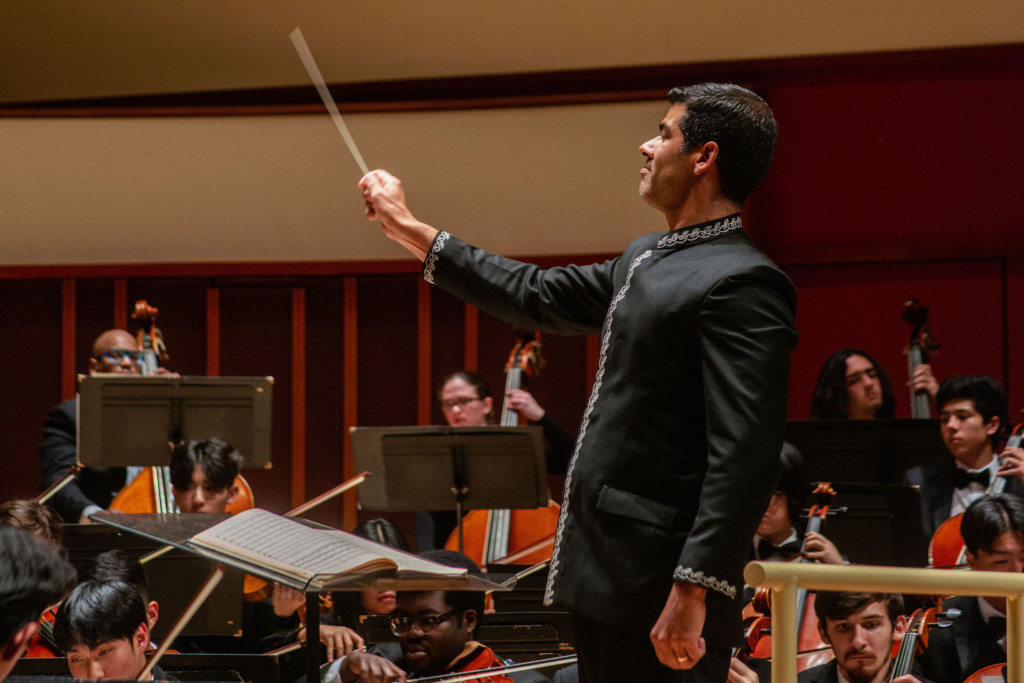

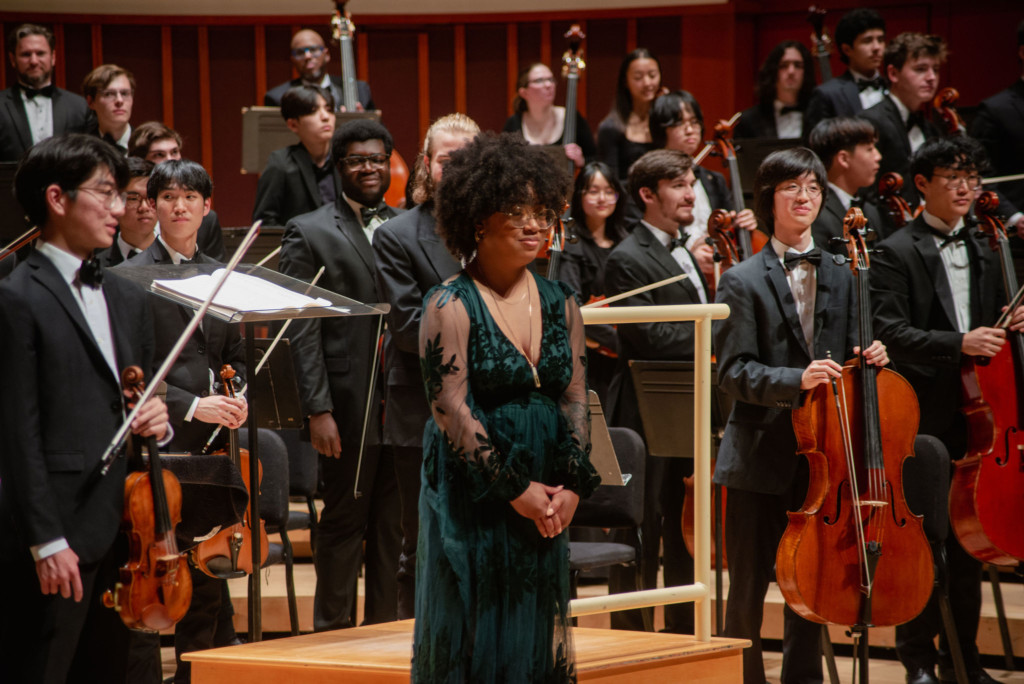
To give the audience access to the work that had been made for Lyrics for Strings, Dr. Paul Bhasin and Sierra King decided to implement an accessible option of scanning a QR code that allowed Sierra to advance the presentation in real time of the performance.
The photographs were streamed alongside Emory University Symphony’s Orchestra October 29th performance at Schwartz Center for Performing Arts.
